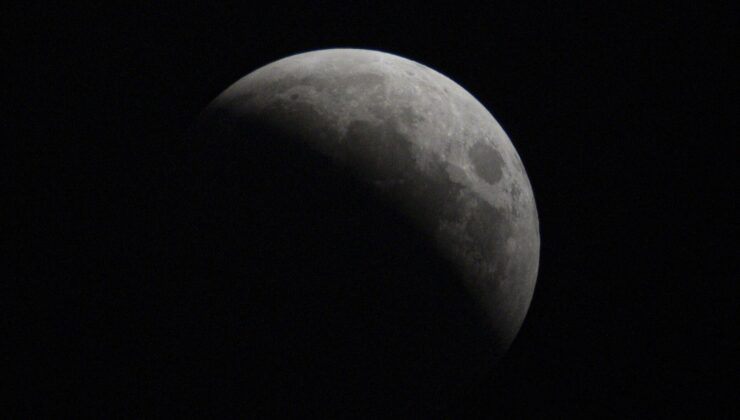Earth Saved, Moon at Risk: New Impact Threat from 2024 YR4 Asteroid Revealed
Introduction to 2024 YR4 Asteroid
The 2024 YR4 asteroid has recently garnered significant attention within the scientific community due to initial concerns about its potential to collide with Earth. This asteroid, approximately 53 to 67 meters in diameter and comparable in size to the asteroid responsible for the 1908 Tunguska event in Siberia, was initially believed to pose a tangible threat.
Initial Threat Assessment
In February 2025, NASA’s preliminary evaluations indicated a 3.1% probability of impact with Earth in 2032. Such a risk level raised alarms, given the asteroid’s size and the potential for widespread devastation should a collision occur.
Recent Developments and Revised Predictions
New analyses have dramatically altered this outlook. The latest data suggests that the likelihood of the asteroid striking Earth has diminished to nearly zero. Conversely, however, the potential for a collision with the Moon has increased, with the probability rising from an initial estimate of 3.8% to approximately 4.3%.
Advancements Enabling Better Modeling
This updated assessment was made possible through observations carried out by the James Webb Space Telescope (JWST) in May 2025. Led by Dr. Andy Rivkin of Johns Hopkins Applied Physics Laboratory, the research team refined the asteroid’s orbital calculations, enabling more accurate trajectory modeling. Despite these improvements, experts emphasize that the data remains preliminary, and further observations are essential to definitively determine the asteroid’s path.
Upcoming Observation Opportunities
The asteroid’s current orbit renders it unobservable from Earth at present. However, it passes relatively close to our planet once every four years, providing a key opportunity for future observations. The next such window is scheduled for December 2028, which could yield crucial data to better understand its trajectory.
Scientific Significance of a Lunar Impact
If the asteroid were to impact the Moon, it would create a substantial crater, offering a unique scientific opportunity. Such an event would allow researchers to study lunar geology in greater detail and observe the processes involved in crater formation. Importantly, this impact would not threaten the Moon’s orbit or stability but would provide invaluable data for planetary science.
Conclusion and Scientific Outlook
While current findings suggest that Earth is largely safe from this asteroid, the increased risk to the Moon underscores the importance of continued monitoring. Advances in observational technology, like the JWST, enhance our ability to predict such celestial events more accurately. Ongoing research and future observations will be vital in refining our understanding of 2024 YR4 and its potential impacts.
This article has been created, translated, and reviewed with the assistance of artificial intelligence, supported by human editors. For additional information, please refer to our Terms and Conditions. Vezir Agency
 02:00
02:00


